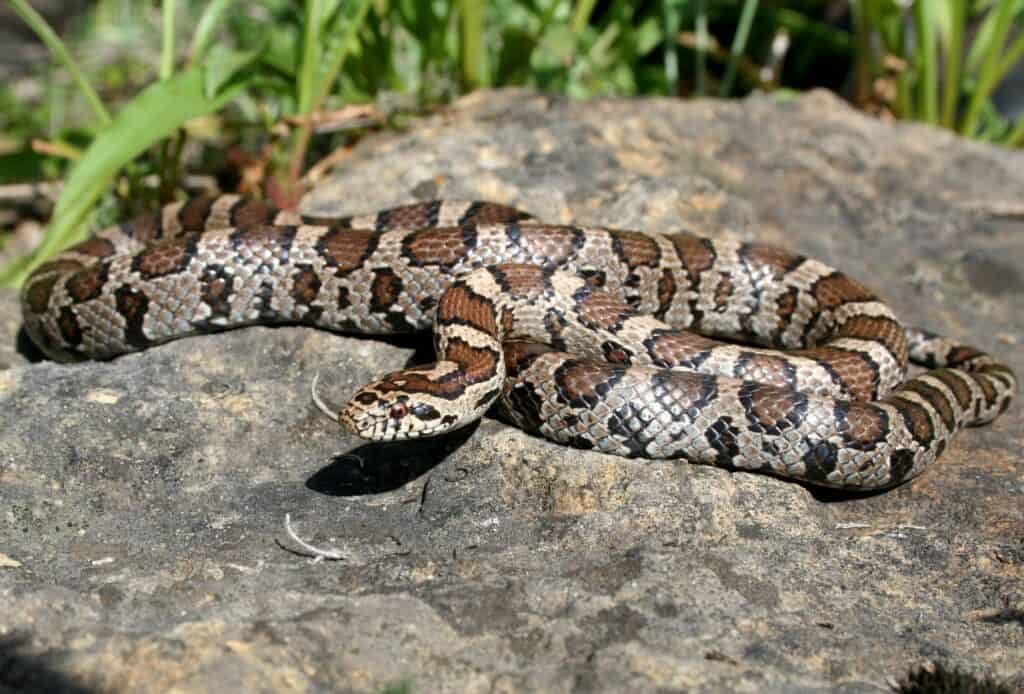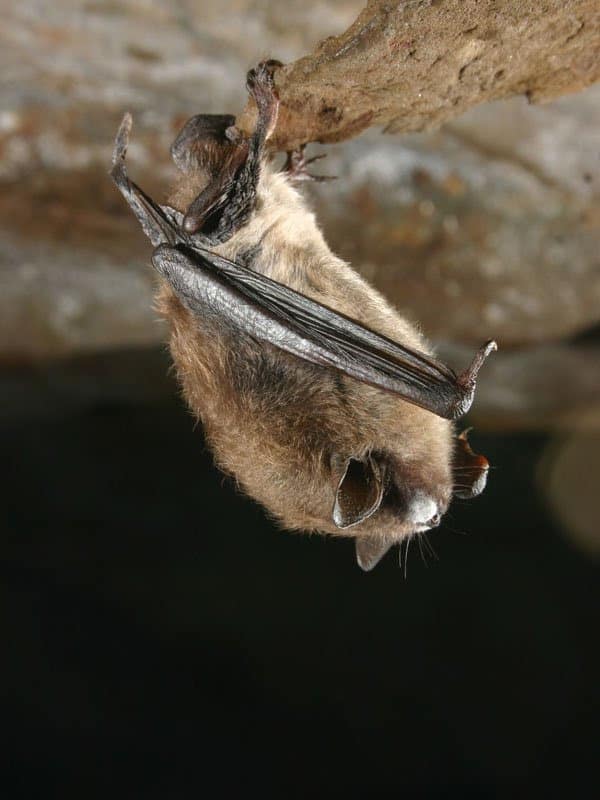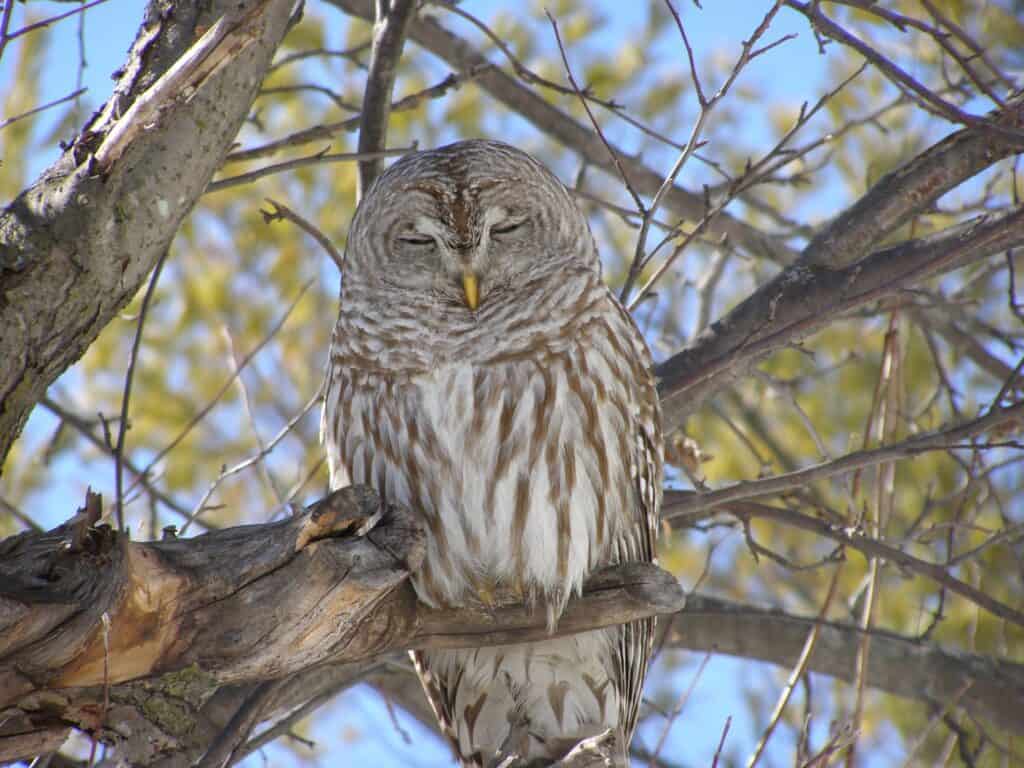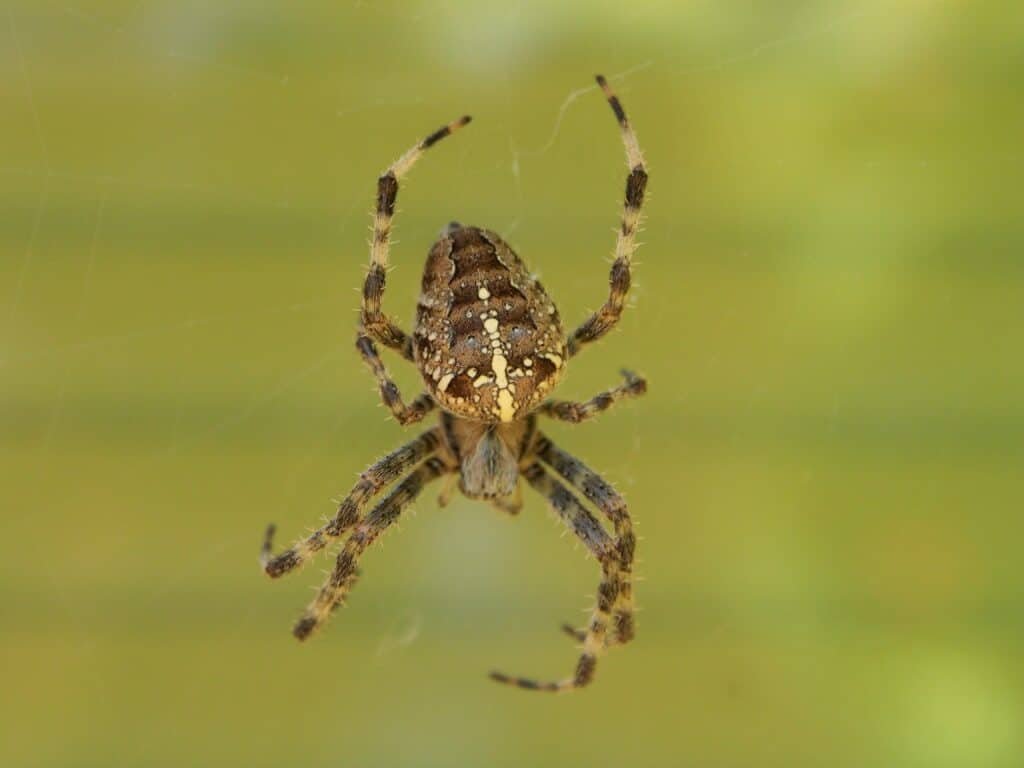As a retired elementary school teacher, I can vouch for the fact that no other time of year gets kids more excited than Halloween. And it’s not just about costumes, pumpkin carving, and candy. Much of Halloween’s attraction has to do with experiencing the adrenaline rush of fear within the context of a safe environment. Being outside at night is also a special experience for kids. This week I’d like to propose some ways to inject an element of nature into Halloween celebrations and to reflect on the fear of the natural world.
The origin of Halloween can be found in the natural cycles of the year as expressed by the Celtic festival of Samhain. November 1st was the Celtic New Year and marked the beginning of the season of cold and darkness. It naturally became associated with death. People believed that Samhain, the Celtic lord of death, allowed the souls of the dead to return to Earth on the evening of October 31. To ward off these ghosts, Druid priests built huge bonfires and made offerings. People sometimes wore costumes of animal skins at gatherings around bonfires, which may explain the modern tradition of dressing up. The Romans continued with similar traditions at this time of year, and later, the Christian church chose November 1st as All Saints Day. The term Halloween actually means “eve of all the holy ones’ day.”
Fear of the natural world
For some people, the natural world can be an intimidating place. However, fear doesn’t have to provoke destructive behaviours. Stephen Kellert, author of “Birthright: People and Nature in the Modern World” says that “while aversive emotions towards (certain) animals are typically strong, they can also be positively channeled into fascination, curiosity and exploration.”
Approximately one adult in three suffers to some degree from ophiophobia which is a fear of snakes. This aversion may be an inherent reaction, and we aren’t alone in this regard. An innate fear of snakes is present even in our closely-related primate cousins such as monkeys. But, just in case you’re wondering, there are no poisonous snakes in the Kawarthas.

Chiroptophobia is the irrational fear of bats. An aversion to these flying mammals may simply be related to the natural startle response experienced by an unsuspecting person encountering a bat. Tied to this are vague notions of bats getting caught in your hair – something that never happens – or that most bats have rabies, which isn’t true either. Even among sick bats submitted for rabies testing, only a tiny percentage ever test positive, and those that do are usually clumsy, disoriented, and unable to fly.
If anything, we should be afraid FOR bats. In the ten years since White Nose Syndrome (WNS) first showed up – named for a distinctive fungal growth around the muzzles and on the wings of hibernating bats – Ontario’s bat population is estimated to have dropped by 95 percent. Little brown and long-eared bats have been hit especially hard. This is a tragedy of unprecedented proportions. Their disappearance is making the natural world a lonelier and less fascinating place. There is hope on the horizon, however. Small numbers of bats have survived the die off and seem to have a gene mutation that somehow protects them.

Bugs – to use the vernacular – also attract widespread aversion. It’s true that a healthy respect for wasps, leeches, spiders, and similar creatures is a useful trait, since it helps us to avoid pain and disease. But there are also deeper psychological reasons for a dislike of “creepy crawlies.” Their lack of feeling and reason is a probably a big part of it. Despite this innate dislike on the part of many people, it’s still possible to learn to respond to these creatures with curiosity and a sense of wonder. There is still so much we don’t know about the invertebrate world.
Nature at Halloween
What is really happening with some of Halloween’s symbols ‑ owls, bats, snakes, and spiders – at this time of year? First, most of our owls like great horned, screech, and barred are year‑round residents. However, they tend to become more vocal in the fall. Robin-sized saw‑whet owls are migrating south through the Kawarthas right now. In November, snowy owls from the Arctic may also begin to turn up.

Bats are also on the move. Some species migrate south, while others overwinter right here in the Kawarthas. Little brown and big brown bats, for example, hibernate in caves and abandoned mines. Some big browns, however, are hearty enough to survive winter in the walls and attics of buildings. They commonly wake up every couple of weeks and may fly short distances. If they are in a building, they may accidentally exit a gap in the wall or ceiling. Sudden temperature variations – too warm or too cold – may also cause bats to wake up and move around to find another location that is more suitable for them. If you find a bat in your house in winter, put on protective gloves and wait until it lands. Place a plastic container over the animal and gently slide the lid underneath. Keep it in a cool location and contact a wildlife rehabilitator like the Kawartha Wildlife Centre at 705-292-9211 or by email at info@kawarthawildlifecentre.ca
In fall, snakes make their way down beneath the frost line in the ground. These overwintering sites are called hibernacula. A hibernaculum can be naturally occurring, like a cavity in the bedrock, or a man-made structure, such as a building foundation or well.
Spiders have to undergo a process of cold-hardening for winter survival. Like many species of frogs, spiders produce compounds that are similar to the antifreeze we put in our cars. Compounds such as glycerol provide protection by lowering the temperature at which body tissues freeze. Spiders also move to places where they are sheltered, like the leaf litter or under bark. Some will even survive in the space between the soil and the snow cover where the temperature remains close to 0C.

Activities
Here are a few ways to make nature a central part of this year’s Halloween celebrations.
1. Go on a Halloween hike. This is a wonderful time of year for a family walk in the woods. Start in the late afternoon and “trick or treat” in nature by collecting natural treats such as cones, mushrooms, old bird nests, spider webs, scary twigs, and rocks. If you’re up to it, stay out until it’s dark. The woods feel so different as darkness falls and all your senses are heightened. Can you spot spooky shadows or scary shapes in the trees? Can you feel a chilly breeze or branches brushing against you? Can you hear the rustle of leaves or trees creaking in the wind? Can you smell the spicy fragrance of the fallen leaves?
During the hike or when you get home – maybe even around a campfire – sit and tell scary (or not!) stories. Use a story-starter such as “It was a dark and stormy Halloween night when, all of a sudden, …” or “Looking up in the bare branches I saw something strange…” Let everyone add to the story.
2. Wear “naturized” costumes. Attach natural objects like pine needles, twigs with leaves or grasses to costumes or even dress up as a tree or animal.
3. Make a Hallowe’en craft. Gather twigs and hang leaves, seeds, cones, and maybe dead flowers to make a mobile. You can also use items from nature such as dead flowers, grasses, and twigs with fruit (e.g., bittersweet, winterberry holly) to fill a hollowed-out pumpkin.
4. Research plants and animals that are associated with Halloween.
5. Talk about fear of nature. If we are afraid of something, does that mean we should persecute it? (e.g., kill snakes) What should we really be afraid of in the natural world (e.g., hypothermia, getting lost)?
CLIMATE CRISIS NEWS
Only a tiny fraction of the public feels a true sense of alarm for what’s in store for us if we continue on the present climate trajectory. But just explaining why we should be more alarmed won’t necessarily inspire action. Most people need to be equally aware of reasons for hope and encouragement, hence this weekly update from both perspectives.
ALARM: September 2020 was the warmest on record for the planet as a whole, topping the previous record set just last year. The announcement by the Copernicus Climate Change Service comes after nine months of devastating wildfires in Siberia, the Amazon, and the western U.S. It also comes as Arctic sea ice has plunged to its second-lowest levels on record, driven by record temperatures in late June.
ENCOURAGEMENT: Prime Minister Boris Johnson set out plans last week for Britain to become the “Saudi Arabia of wind power” by using offshore wind power as the backbone of the country’s carbon-neutral energy future. The plans call for 10 times the existing offshore wind capacity by 2030, including 1GW of floating turbines. This is one of the most ambitious British industrial endeavours ever and would guarantee thousands of high-paying long-term jobs.
For more encouragement, I recommend watching the film “2040”. Director Damon Garneau structures the film as a letter to his four-year old daughter in which he imagines a future where the climate crisis has been solved. Damon travels around the world investigating solutions that are available today. To watch 2040, go to https://vimeo.com/ondemand/2040now/ where you can create a free account. Share the link with family and friends!
For local climate news and ways to take action, go to https://forourgrandchildren.ca/ and subscribe to the newsletter. Be sure to also check out the For Our Grandchildren Facebook page.